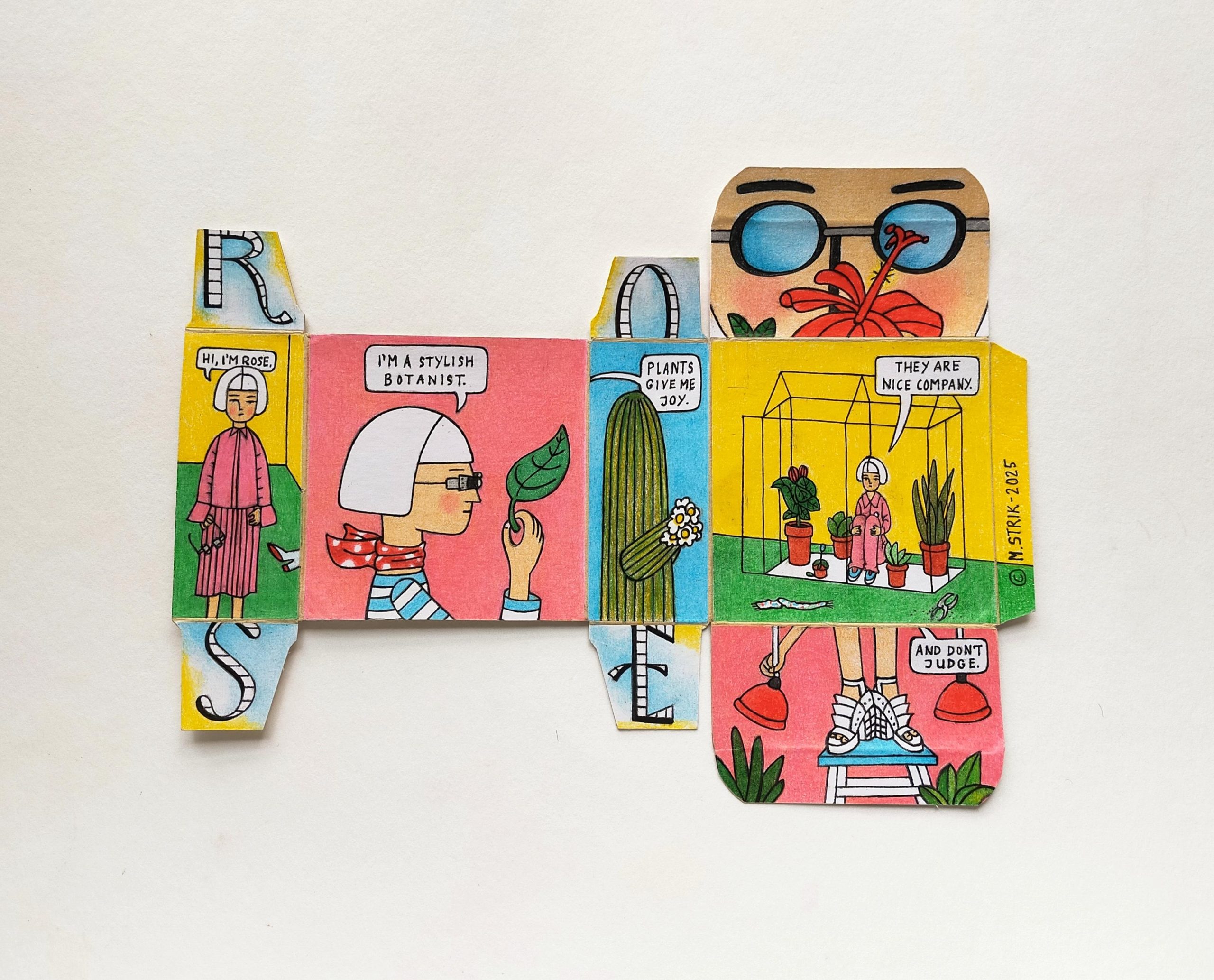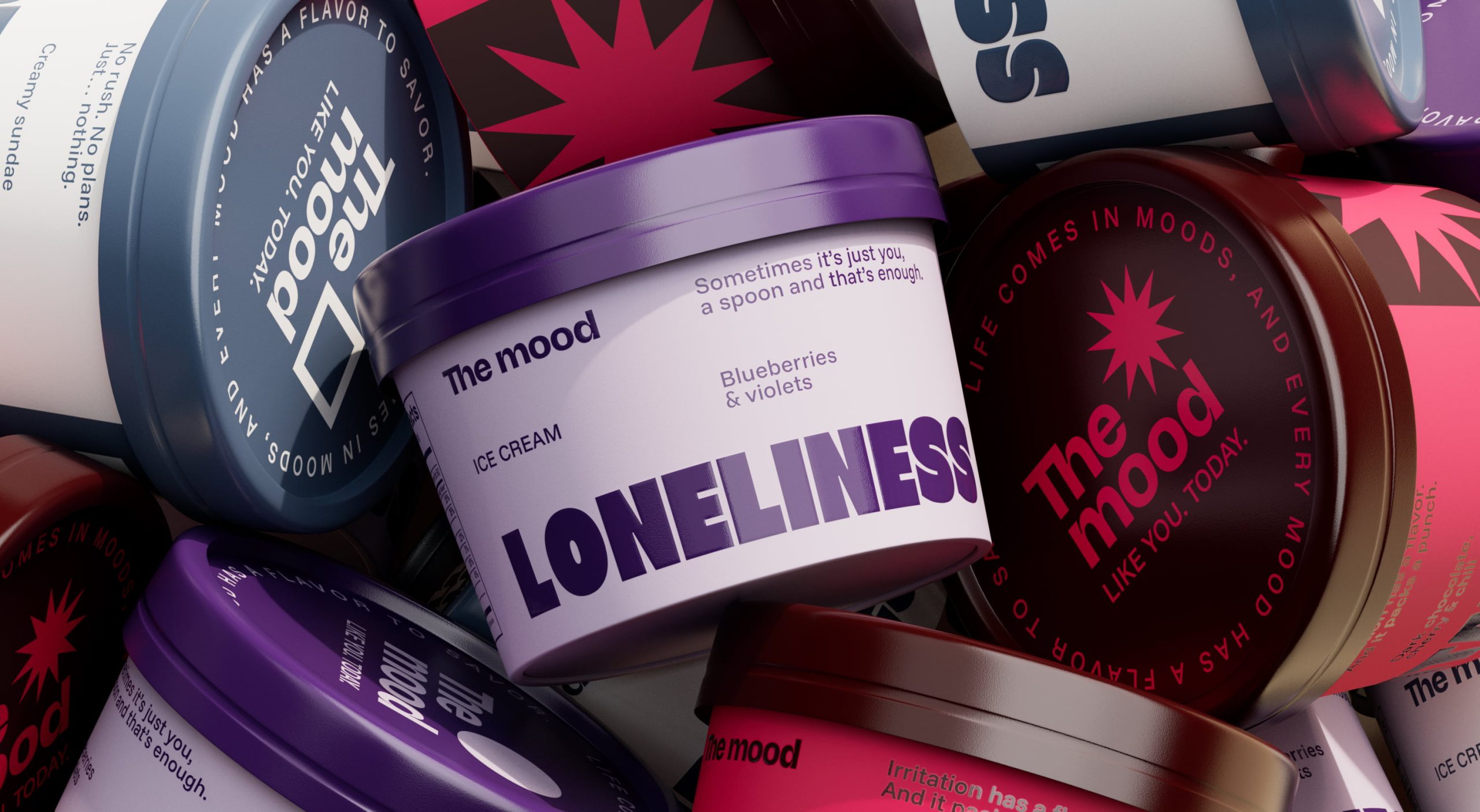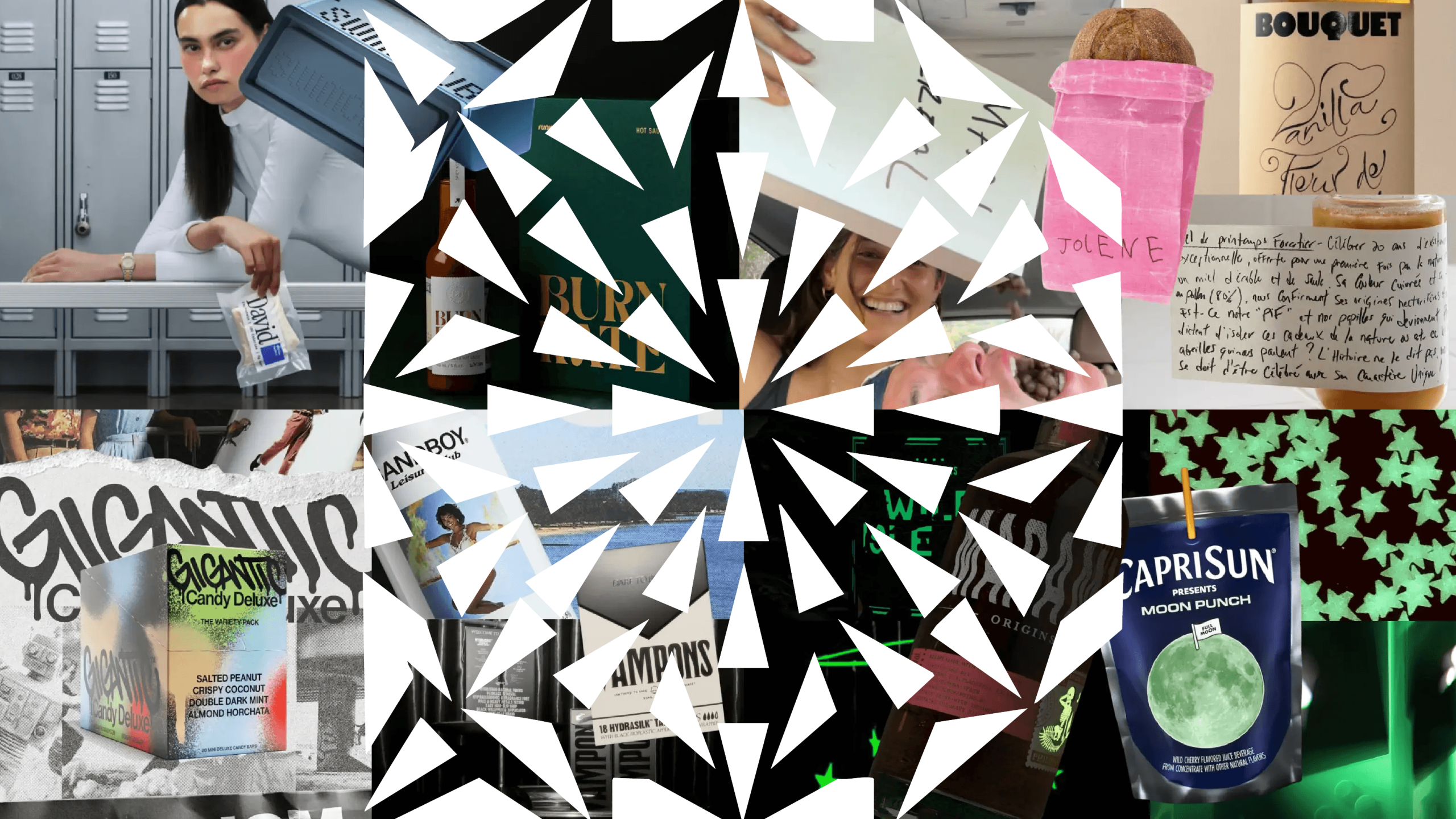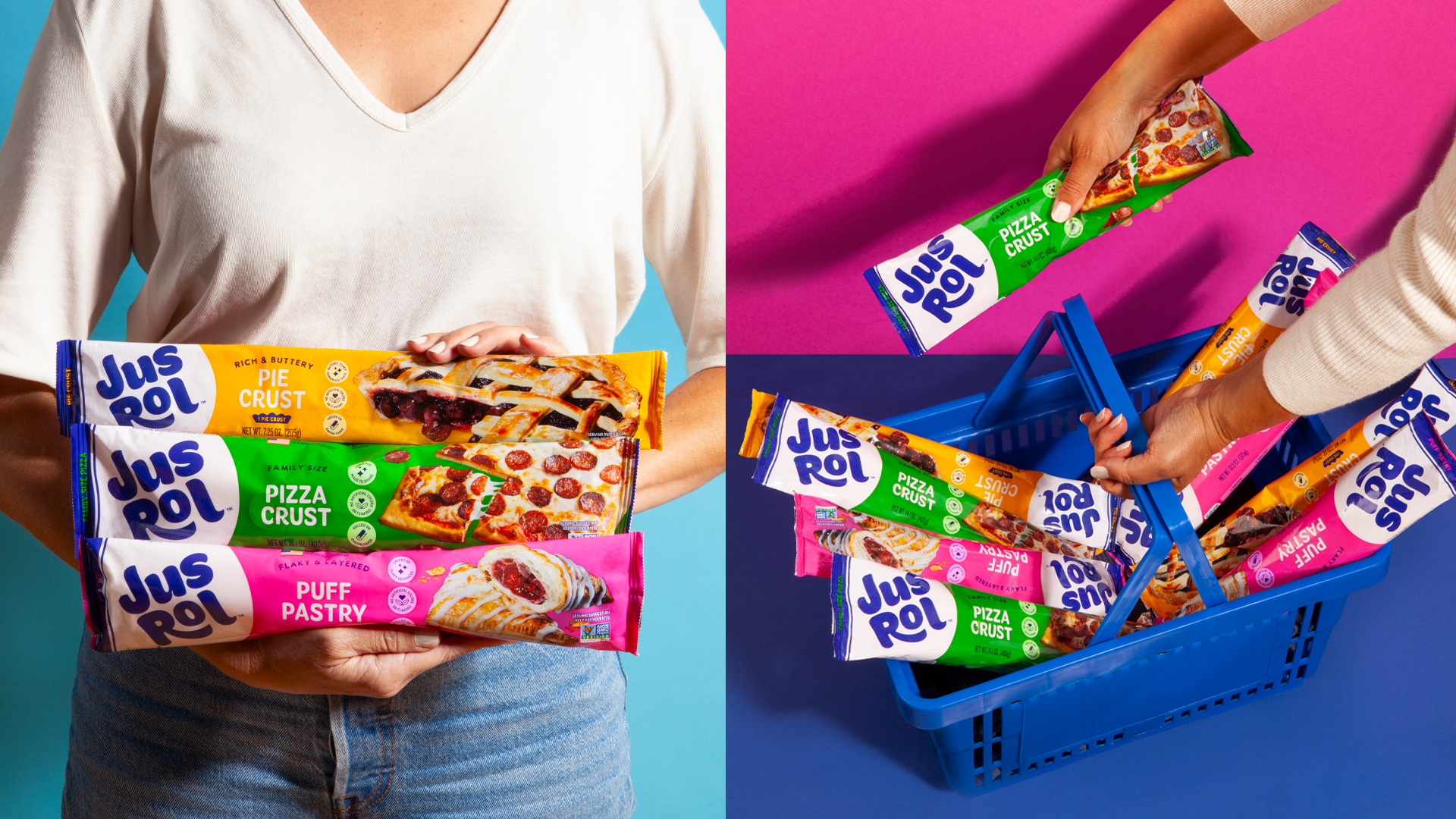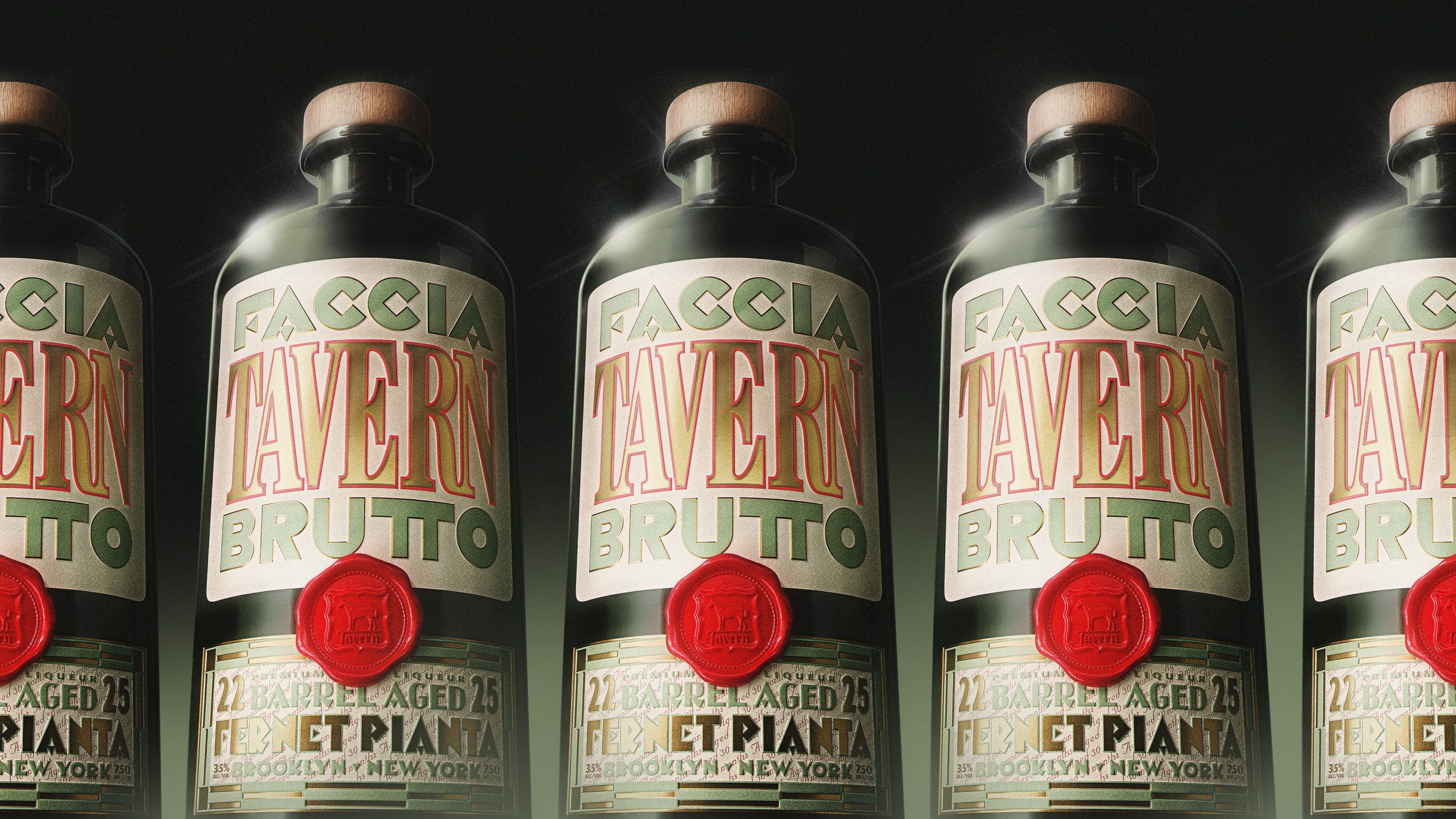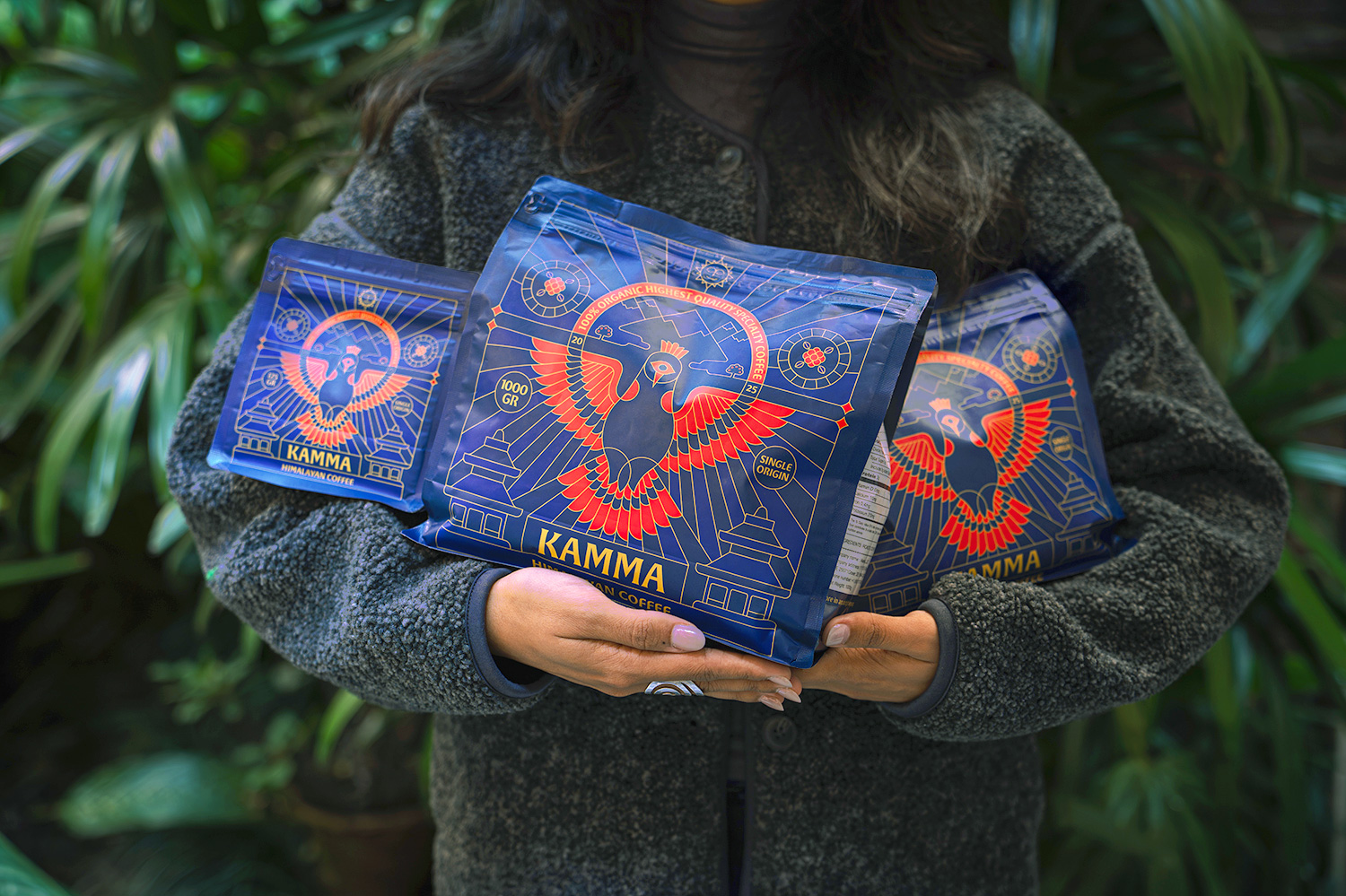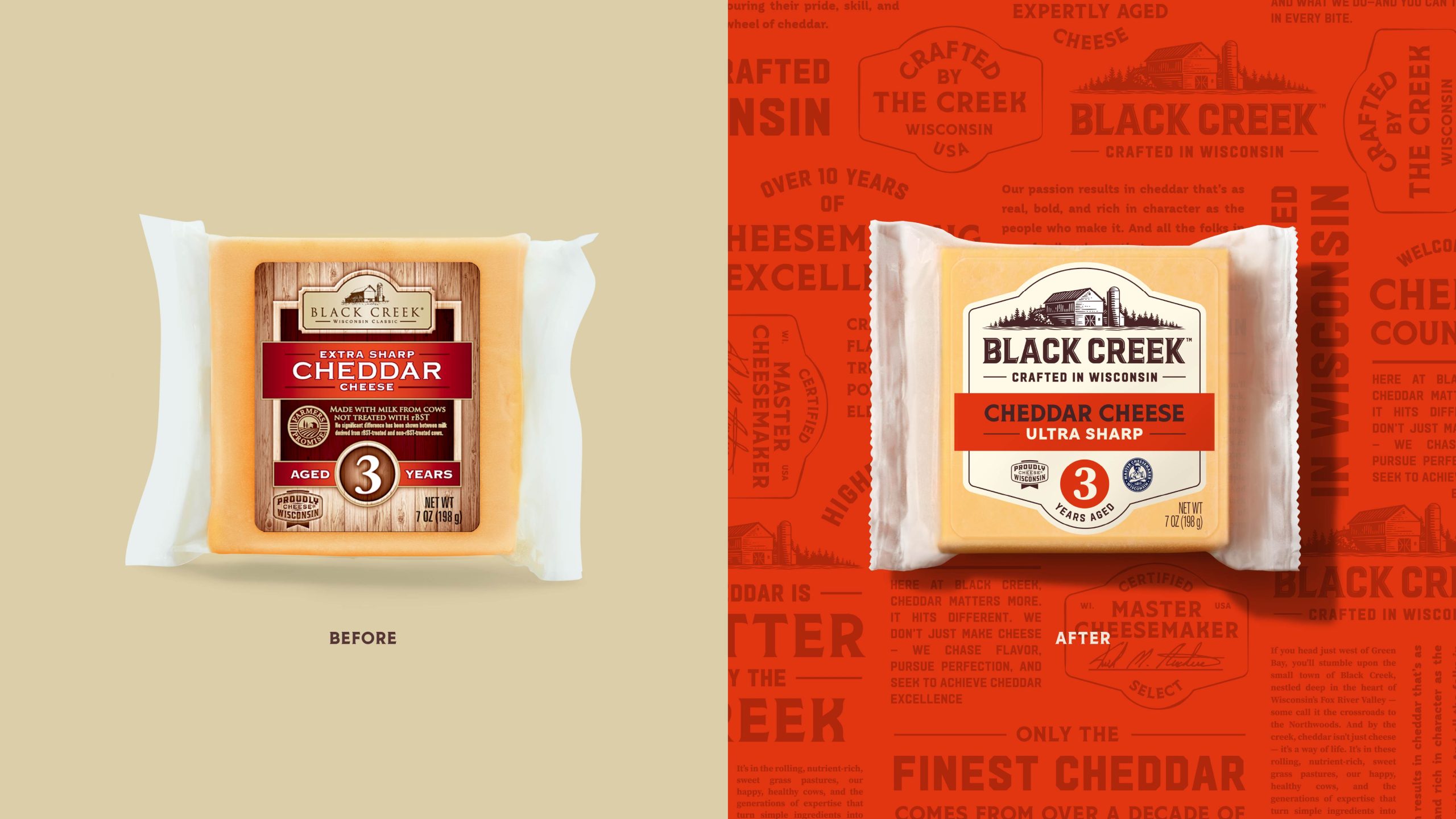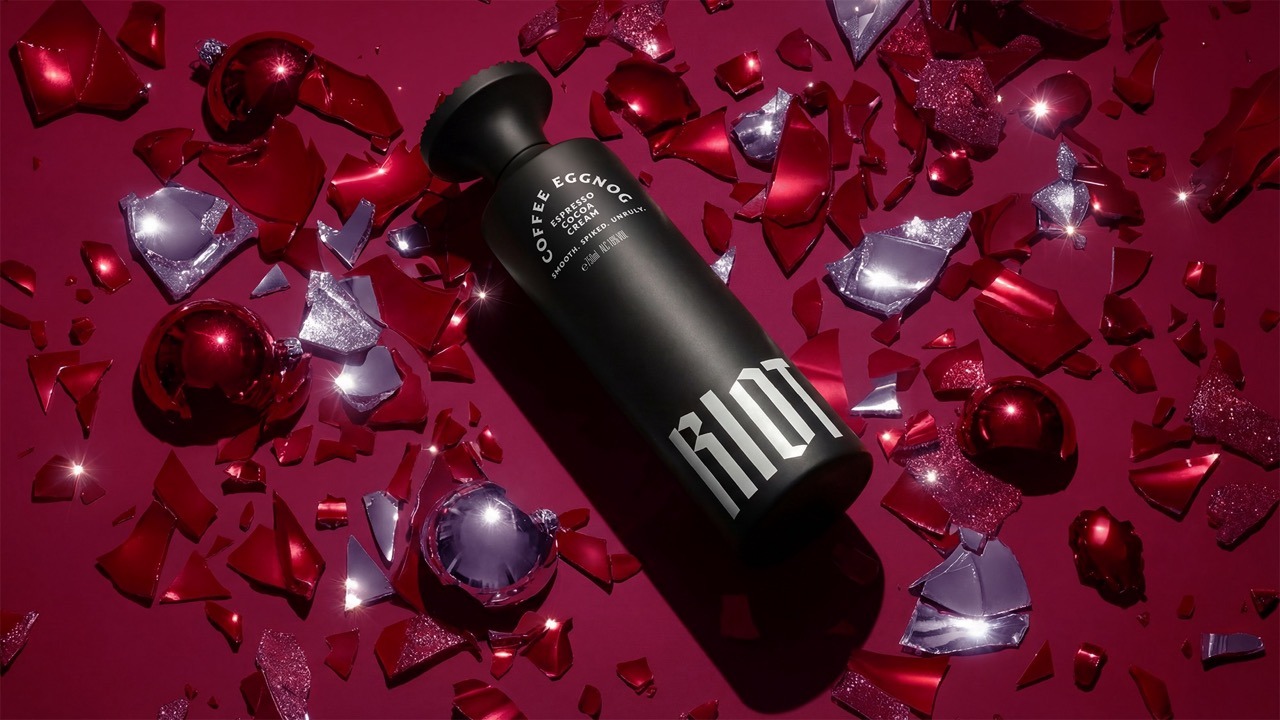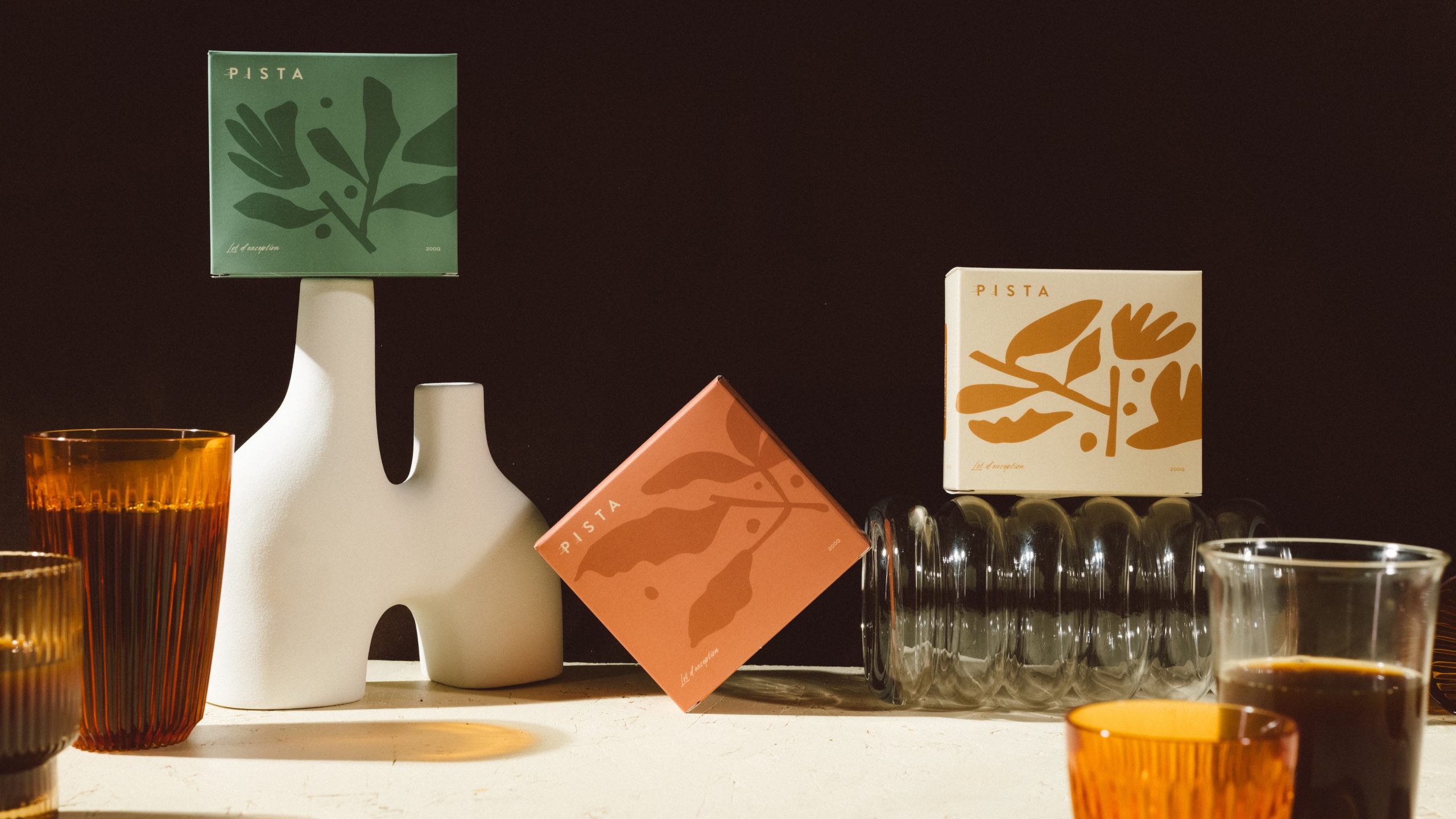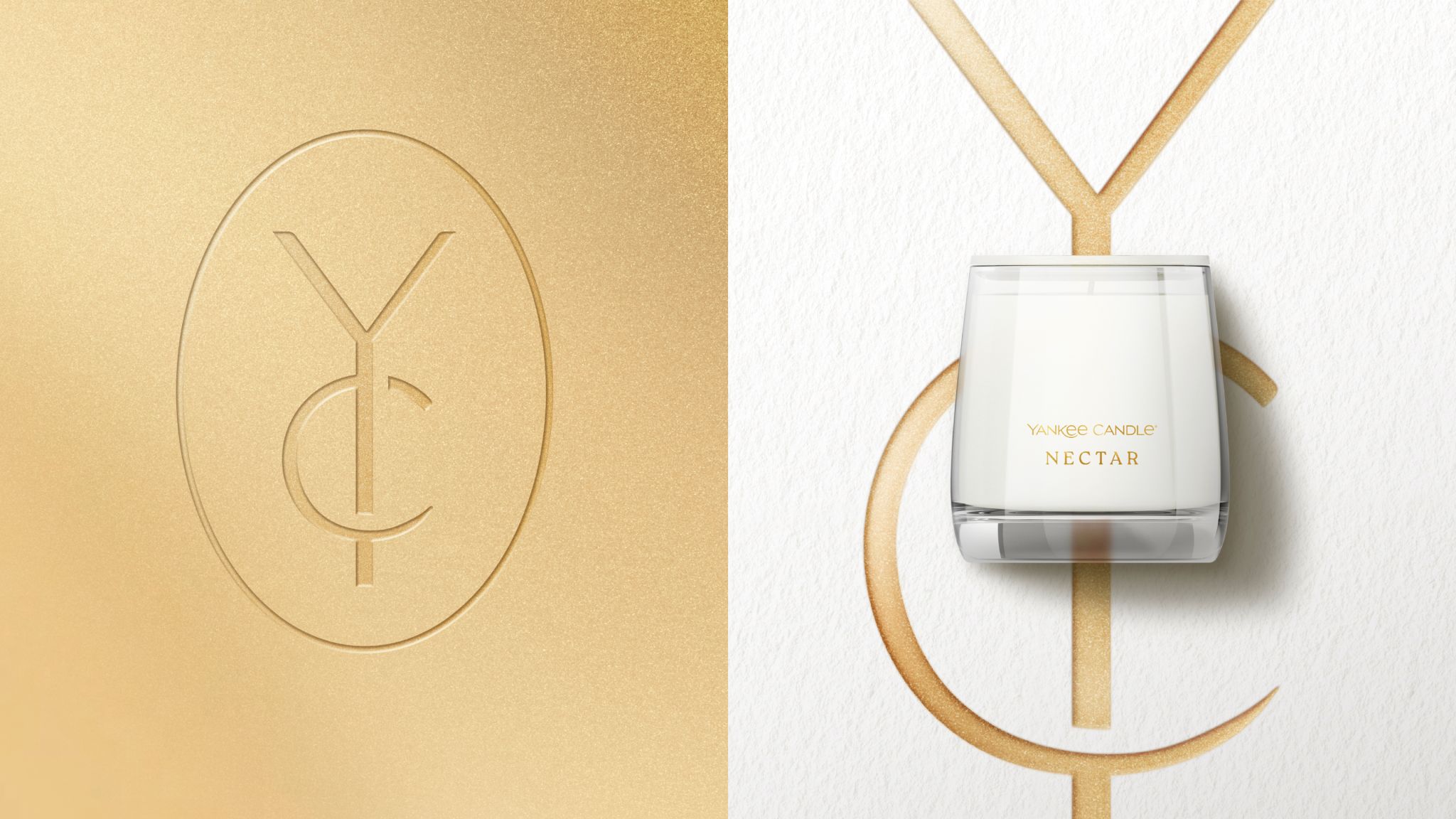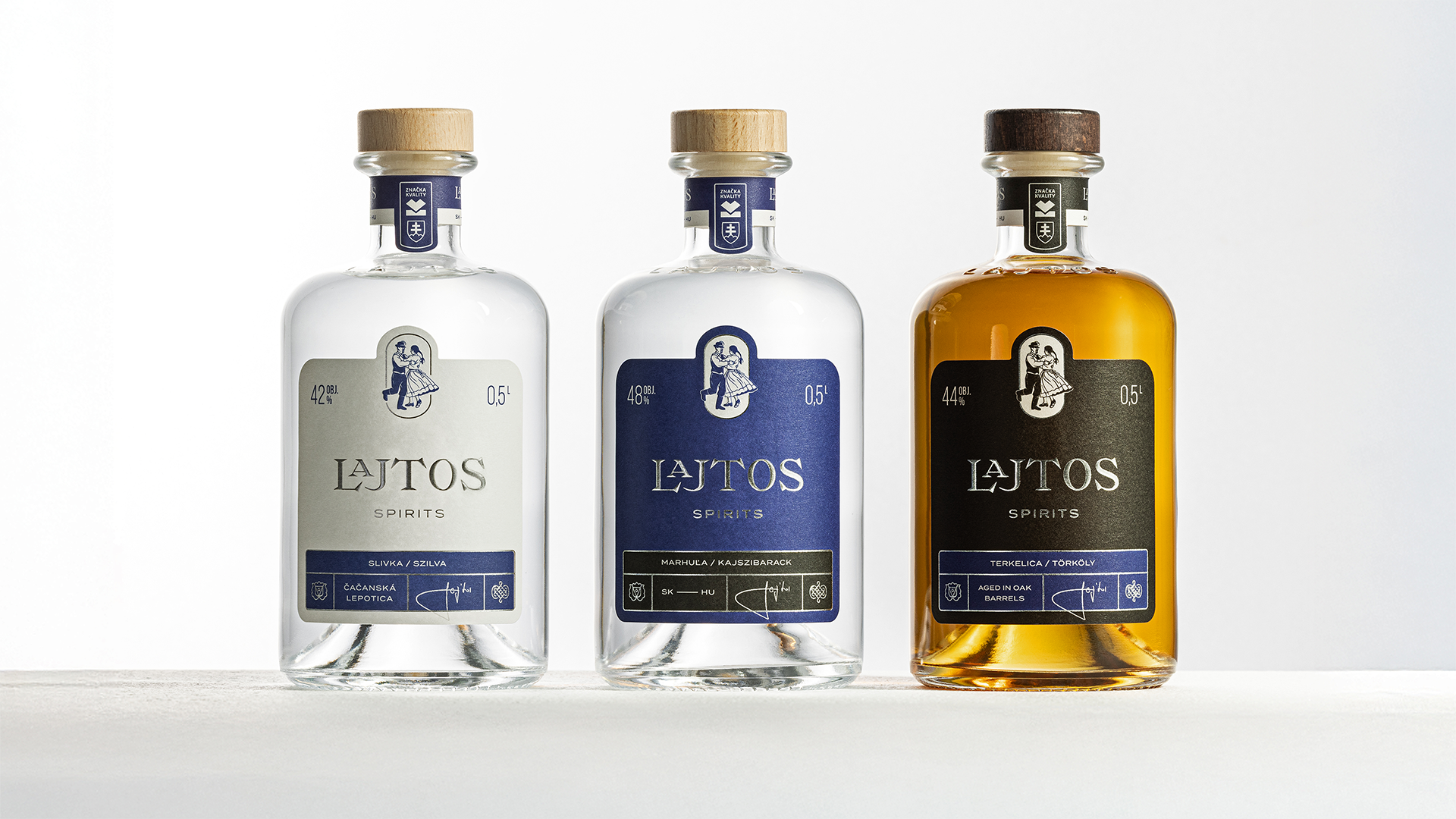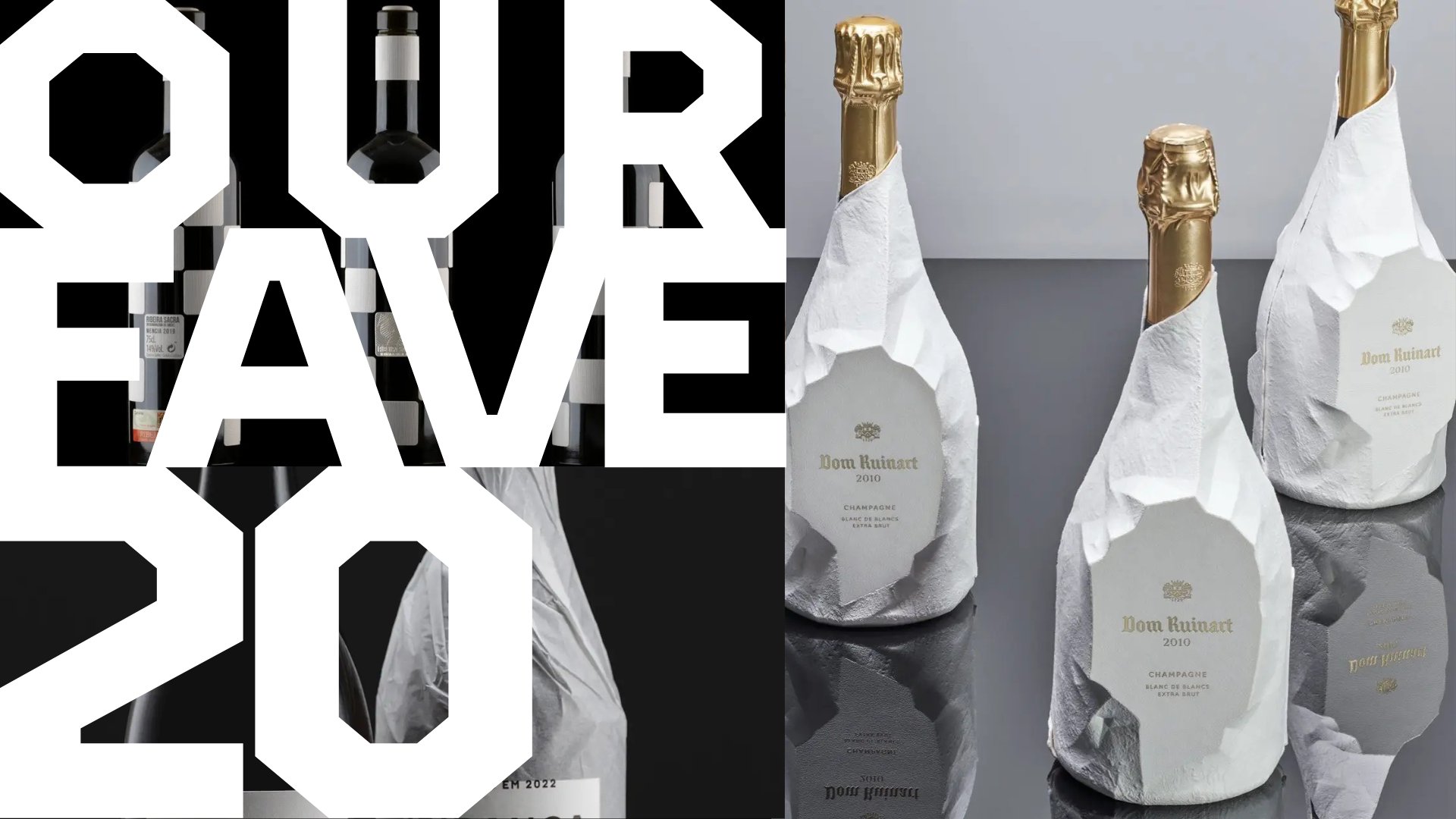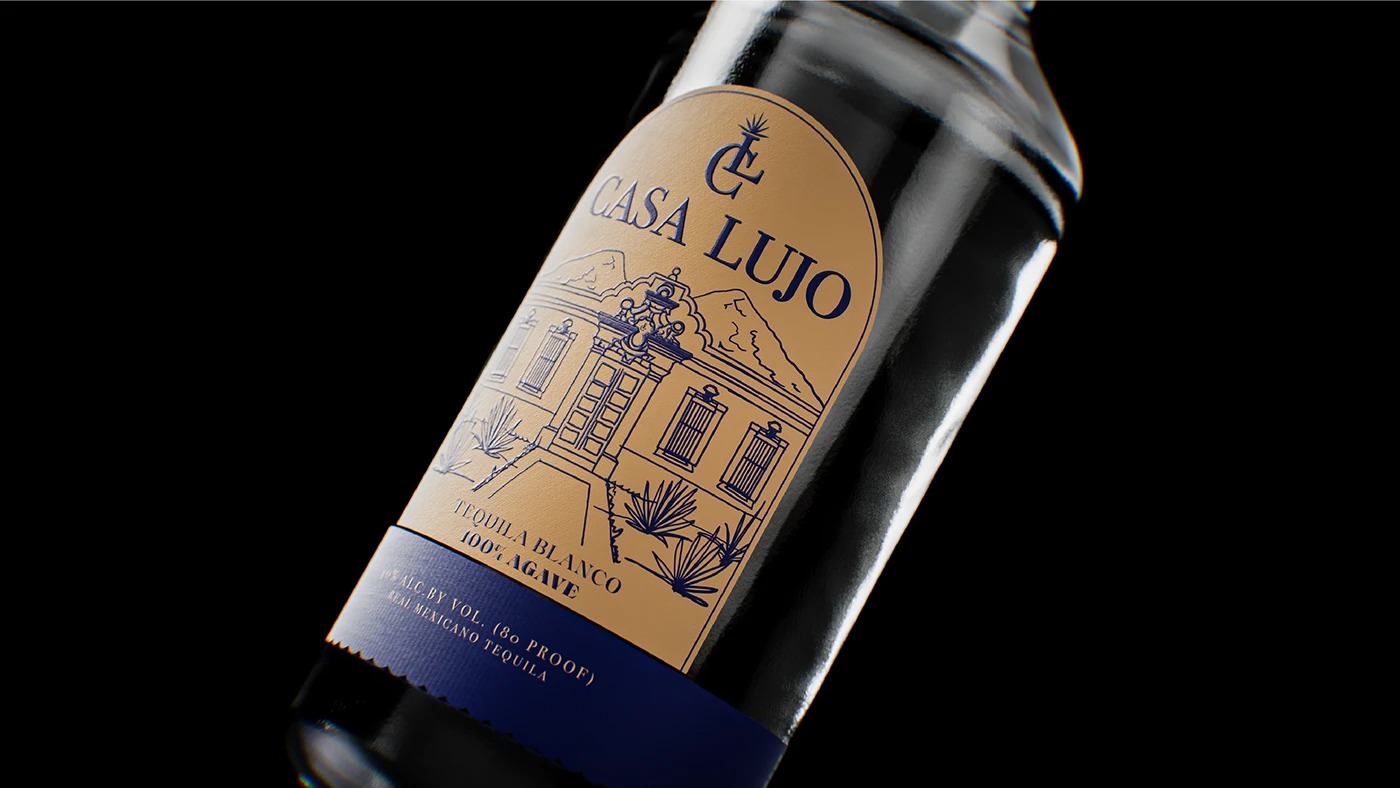This is the first part of our series, The History of Plastic. You can find the second chapter here.
I’ve always loved flipping through the pages of old magazines like Life or National Geographic. I would pour over these with a pair of scissors, and the result was a sprawling collage in my childhood bedroom and more than a handful of mixtapes to girlfriends decorated with nostalgic snapshots. And sure, there was beautiful photography and vintage advertisements, but it was a glimpse of a world that now feels entirely foreign and unreachable.
The August 1955 issue of Life is no exception. The cover touts the meeting of the “Big Four” at the Geneva Summit—Dwight Eisenhower, along with the leaders of Russia, Great Britain, and France. It was a Cold War-era powwow to ease international tensions and talk global peace, trade, and disarmament. Who could have predicted the dissolving of the Soviet Union, let alone the seemingly chummy BFF-alliance of Trump and Putin?

